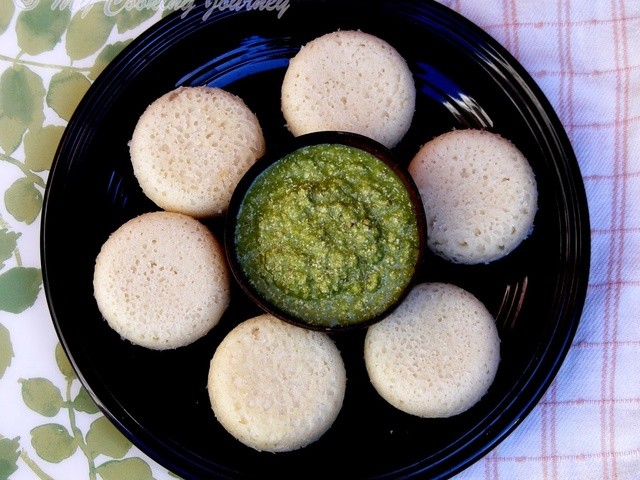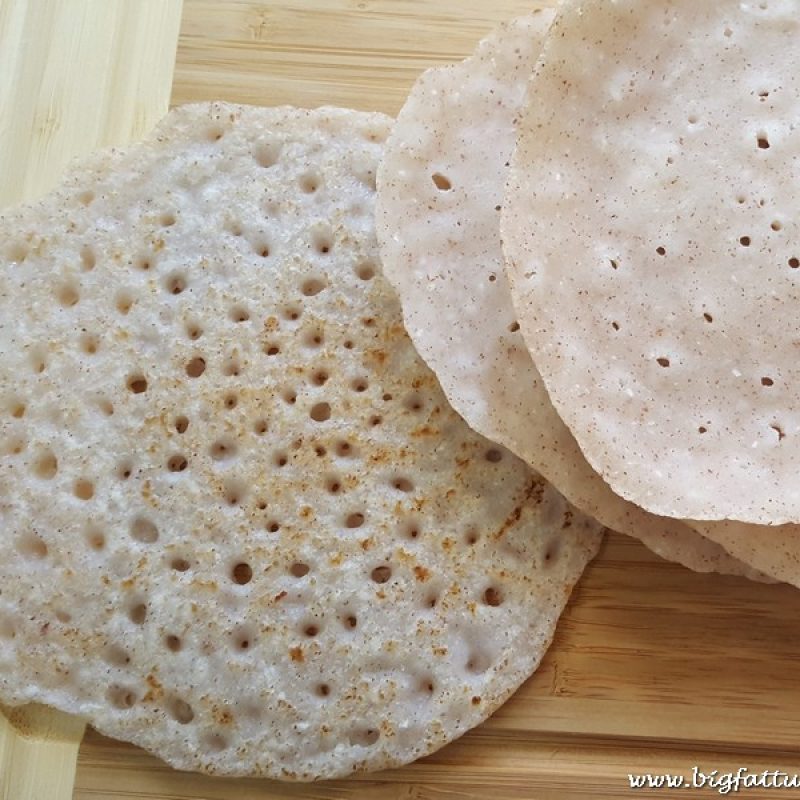
Rice holds a special place in Goan Hindu cuisine, acting as both a staple food and a cultural symbol. Rooted deeply in tradition, rice accompanies most meals and plays an important role in religious rituals, festive celebrations, and everyday cooking. Its significance extends beyond the plate, connecting the people of Goa to their land, heritage, and spirituality.
Rice as the Daily Staple of Goan Hindus
In Goan Hindu households, rice forms the foundation of every meal. The fertile soil and favorable climate of Goa allow for the cultivation of high-quality rice varieties, making it readily available and affordable. Families typically serve steamed rice alongside vegetable curries, lentils (daal), fish, or meat preparations. The simplicity of rice as a base allows the bold spices and flavors of Goan cooking to shine through.
Varieties of Rice Used in Goa
Goan Hindus use various rice types, each contributing distinct texture and aroma to their dishes. Popular varieties include:
- Jeerakasala (Jeera Samba): Known for its fragrant aroma, this rice is often preferred for special occasions and festive meals.
- Sona Masuri: A medium-grain rice, commonly used for everyday cooking due to its lightness and easy digestibility.
- Indrayani: Another traditional variety cherished for its unique flavor and aroma.
These varieties reflect the rich agricultural heritage of the region and influence the choice of recipes and cooking styles.
Rice in Traditional Goan Hindu Dishes
Rice forms the base for many beloved Goan dishes, including:
- Bhakri and Phann: Traditional rice flatbreads made from rice flour, served with spicy vegetable or meat curries.
- Khatkhate: A hearty mixed vegetable stew enjoyed with plain steamed rice, often prepared during festivals.
- Ambot Tik: A fiery Goan fish curry perfectly paired with steamed rice.
- Modak and Ukadiche Modak: Sweet dumplings made with rice flour, offered to deities during festivals like Ganesh Chaturthi.
These dishes highlight rice’s versatility — whether as a grain, flour, or dumpling skin, rice adapts to a variety of cooking methods and flavors.
Rice in Religious and Cultural Rituals
Beyond nutrition, rice carries deep spiritual significance in Goan Hindu culture. It symbolizes prosperity, purity, and fertility, frequently featured in religious ceremonies. Families use rice in offerings (prasadam), decorate altars, and perform sacred rituals during festivals like Ganesh Chaturthi, Shigmo, and Diwali. The act of sharing rice-based foods during these times reinforces community bonds and honors ancestral traditions.
Rice in Celebrations and Feasts
During weddings, harvest festivals, and other celebrations, rice takes a prominent role. Elaborate feasts often showcase multiple rice dishes — from fragrant pulao and biryani to sweet rice desserts like payasam. Serving diverse rice preparations demonstrates hospitality and abundance, marking joyous occasions with generosity and flavor.
Conclusion
Rice is much more than a staple in Goan Hindu homes. It is the cultural and spiritual heartbeat that nourishes bodies and souls alike. From everyday meals to sacred rituals, rice binds Goans to their roots, traditions, and land. Its enduring presence on the Goan dining table reflects a timeless celebration of life, community, and heritage.


